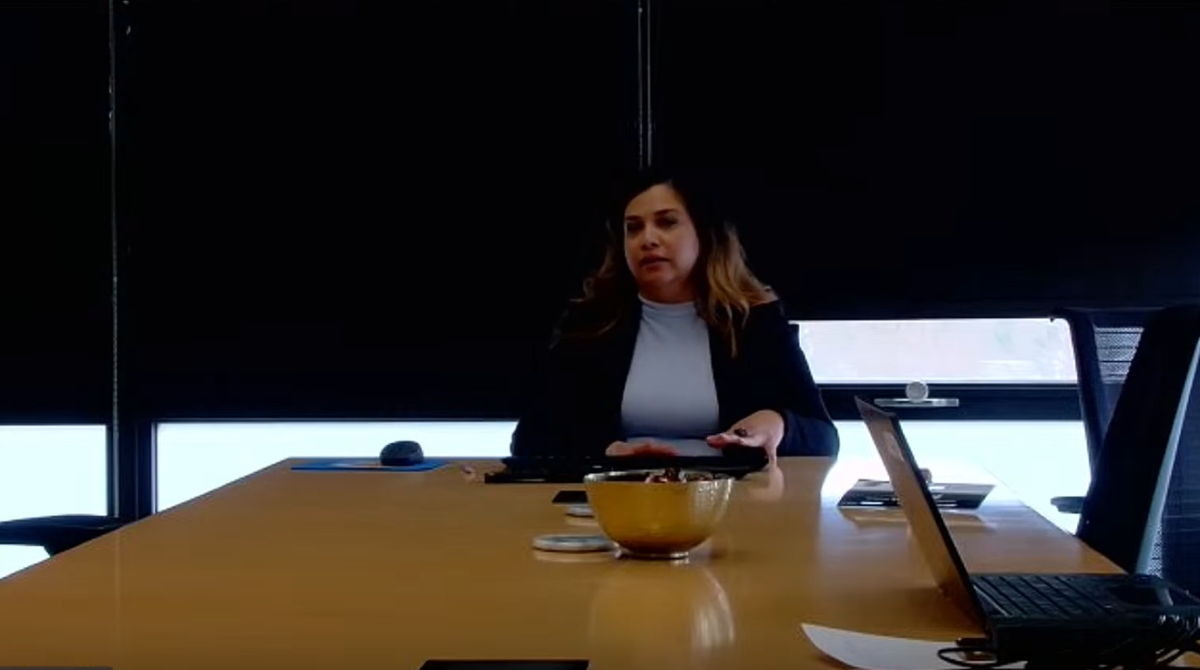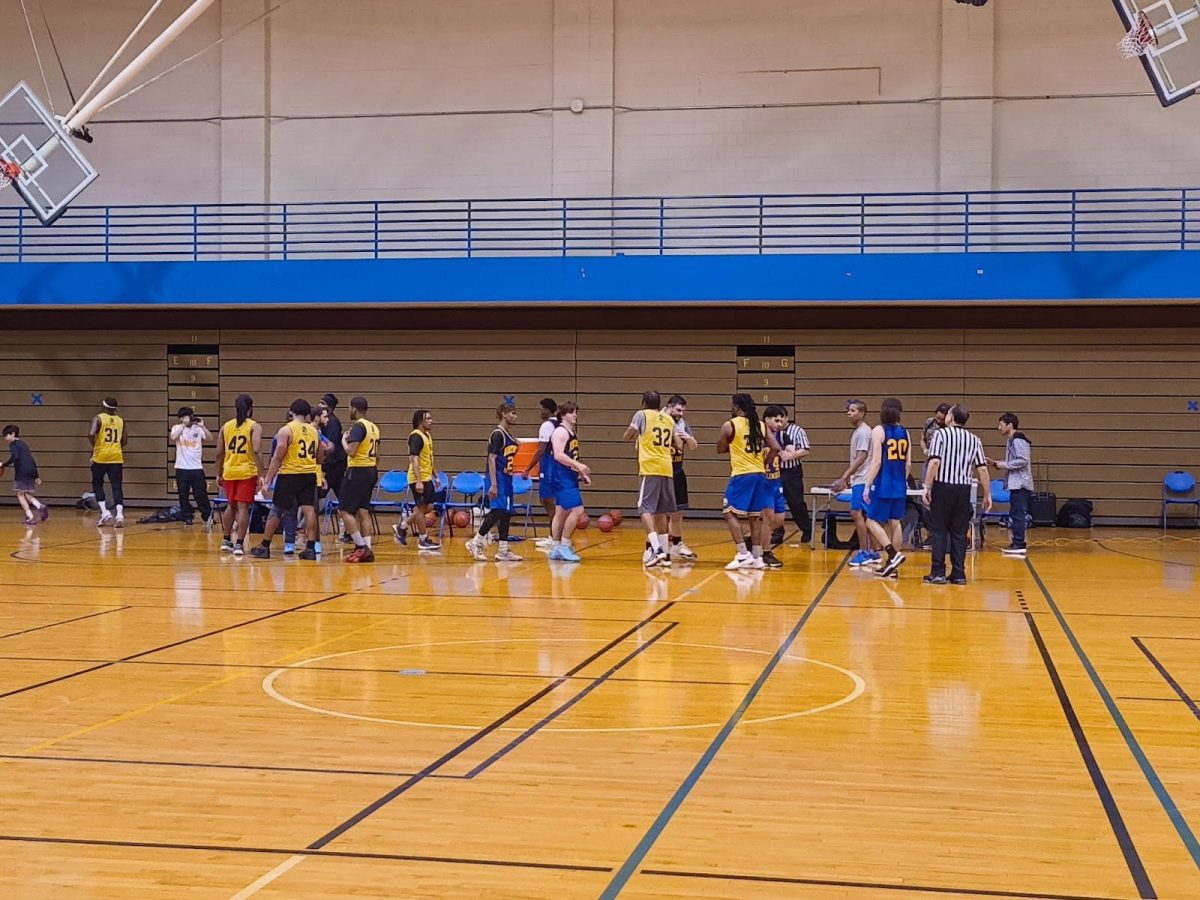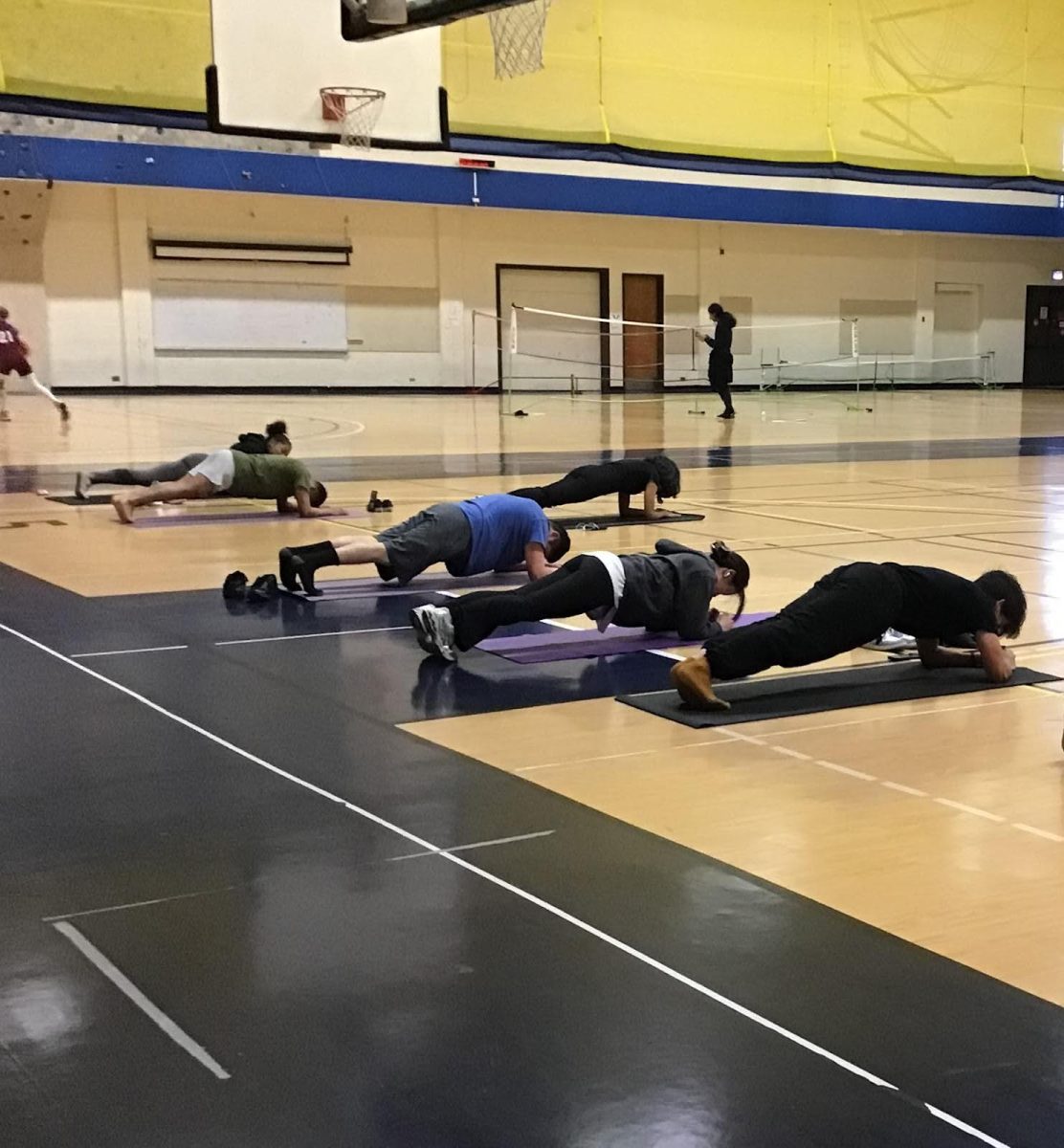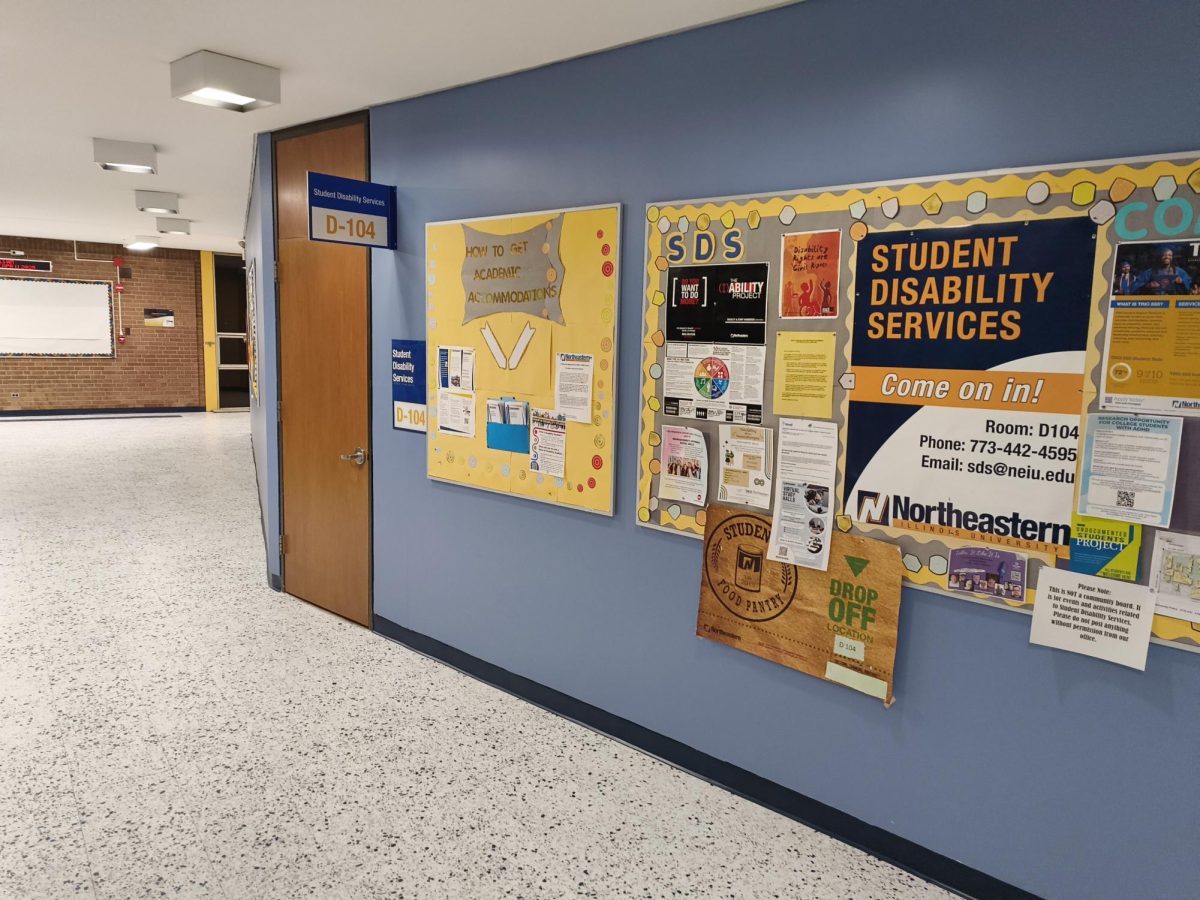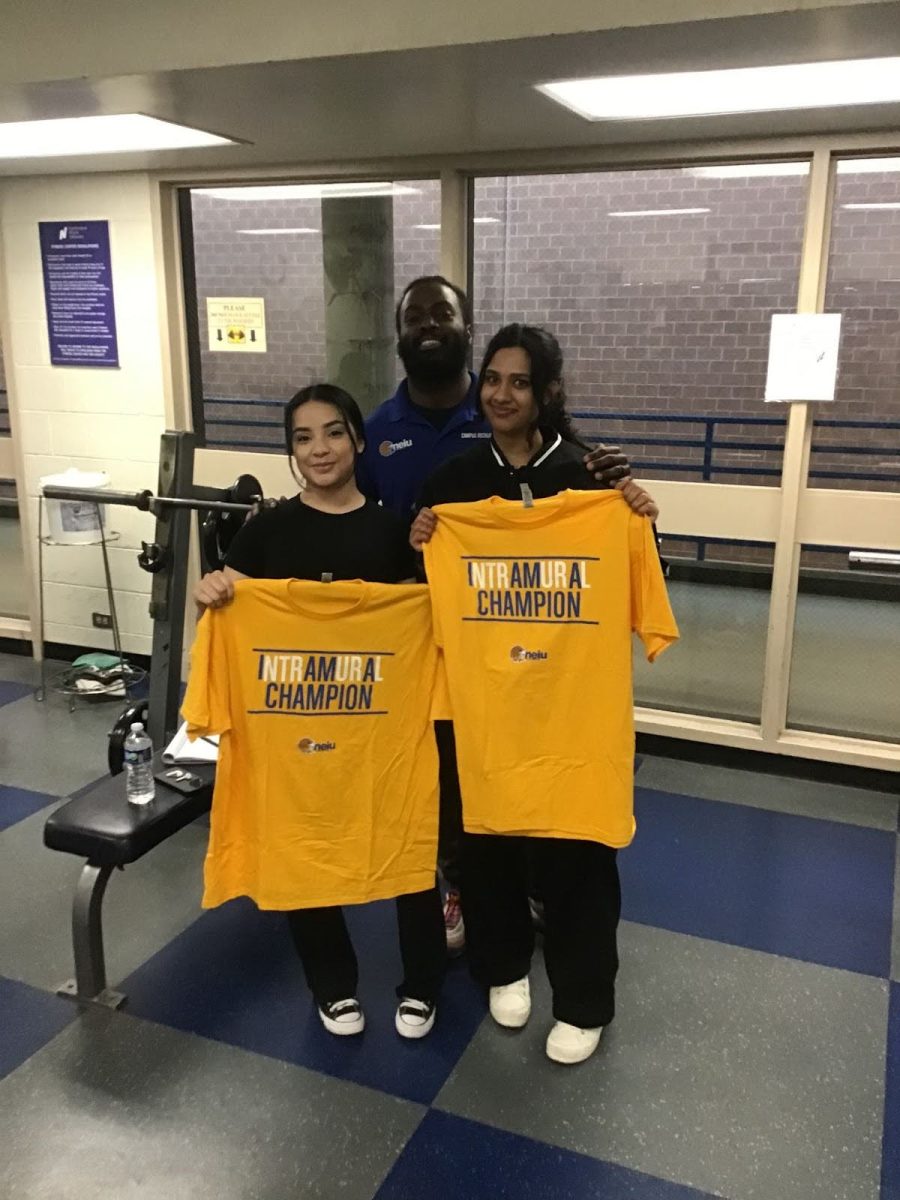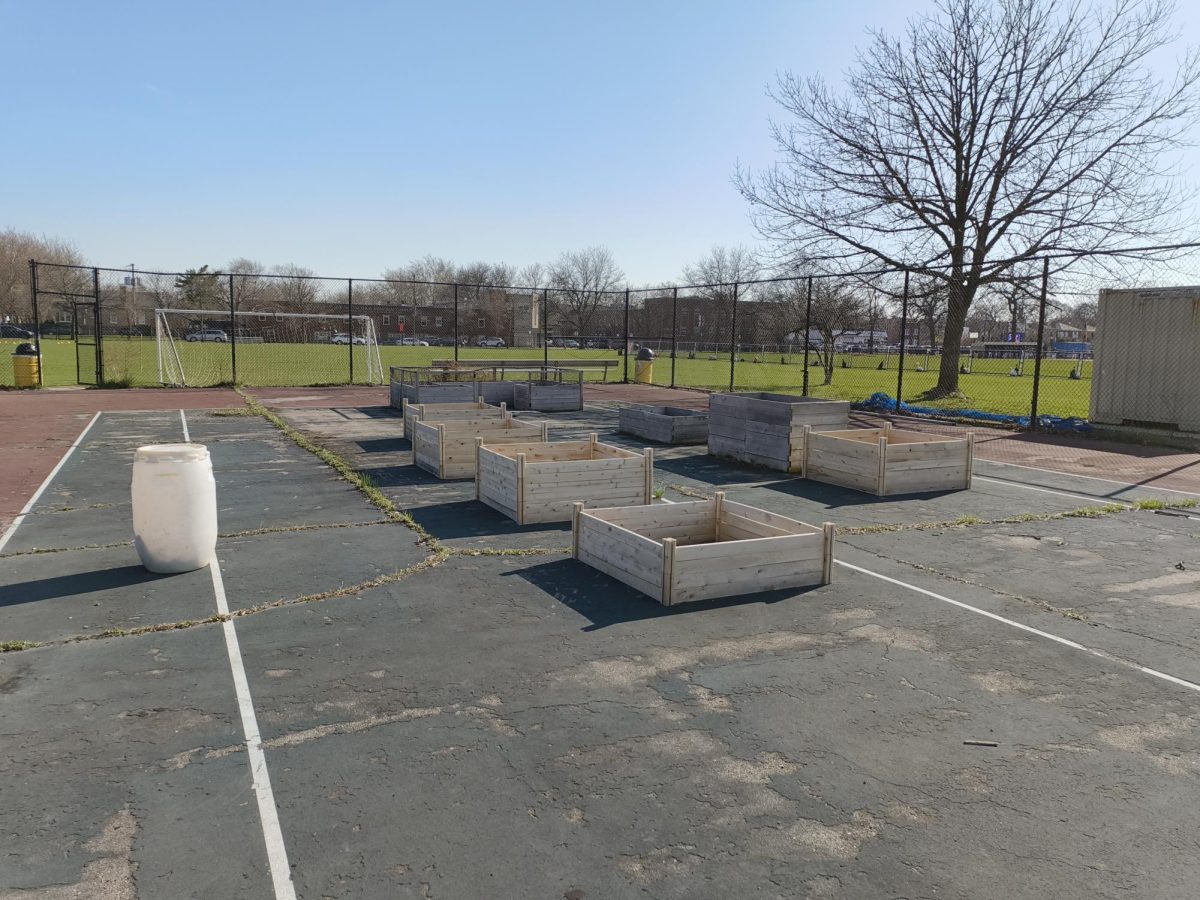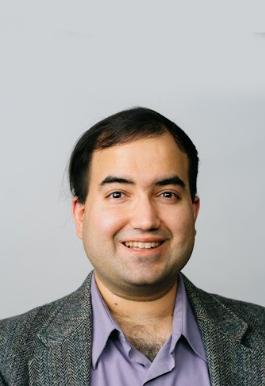During a stakeholder meeting to search for NEIU’s new Director of Student Health Services (SHS), Quintiliano Ríos Pérez, Interim Assistant Dean of Undocumented Student Resources & Student Care, invited staff and faculty to a presentation from the first candidate for the position. Dr. Guadalupe Hernandez gave her presentation for the position of new Director of SHS on Apr. 1, 2025 from 2 to 3 p.m. in person and via Zoom.
Dr. Hernandez began her talk with how her career began as a nurse. “One of the questions that stood out the most to me was ‘Do you like to help people?’ And again it’s the only question that I can remember from that flyer, and that question alone has changed my life and my whole entire career trajectory,” Dr. Hernandez said. “It’s been quite the journey, but I like to say that nursing chose me when I found that flyer.”
Dr. Hernandez holds a Doctor of Nursing Practice (DNP), Master of Business Administration (MBA) and an Advanced Practice Nurse (APN) as her three highest educational credentials. “Every role that I’ve taken I’ve worked in different areas of healthcare,” Dr. Hernandez said. “So I did start out in the bedside as an ICU nurse [and] went on to work in primary care as a family nurse practitioner; I taught in different nursing programs and also in cardiology research.”
“I really see an opportunity to be able to take my background, all of my experience, my education and even my lived experience to ensure that students have access to care that’s inclusive and that’s student-centered,” Dr. Hernandez said.
NEIU is a diverse, inclusive and an equitable university for Chicago and the suburbs. NEIU has a vocal LGBTQIA+ community. According to the Council on the Status of Latinxs, NEIU achieved federal designation as a Hispanic-serving institute in 1997. According to U.S. News & World Report Rankings, NEIU had approximately 52 percent of its student body as Hispanic by 2012, and at least 50 languages are spoken by students as their first language. “There is no one-size-fits-all [approach] when it comes to receiving the appropriate services and care,” Dr. Hernandez said. “When I think about diversity, I like to look at it through the lens of intersectionality, so consider all of their multiple identities.”
Dr. Hernandez went over an example of a case with mixed identities for an individual whom she had met with as a nurse. To protect the individual’s identity, Dr. Hernandez referred to her as AC, a 20-year-old Nigerian-American lesbian with ADHD and anxiety. AC was the daughter of Nigerian immigrant parents with very high educational expectations for their progeny. A lack of time management and organization skills were among some challenges mentioned for AC due to her cognitive impairment. However, her parents did not acknowledge her cognitive disabilities.
Dr. Hernandez alluded to the “canary in the coal mine” analogy when catering to individuals of multiple identities. On one hand, “when I think about students like AC, I think about the canary birds,” Dr. Hernandez said. “They’re much more sensitive, so if you start to see several students like AC struggling, that means the rest of her peers will probably be suffering as well.” On the other hand, “if you see AC thriving in this institution, then that means the rest of her peers [and] everyone will benefit from that.”
Dr. Hernandez talked about Kimberlé Williams Crenshaw, who coined the term intersectionality, and she focused on Crenshaw’s quote: “If we aren’t addressing the needs of the most vulnerable, we aren’t addressing the system at all.”
Since surveys can sometimes have low response rates, Dr. Hernandez wants to focus on “creative ways to solicit this feedback” by obtaining student feedback through “focus groups [and] panel discussions and, like the [canary] birds, really track for early warning signs before the student’s in crisis [and] before the student needs more services.” According to Dr. Hernandez, trained faculty, peers and advisors must notice the early and subtle warning signs when students begin to struggle.
Dr. Hernandez wants student stories to be heard and bring the topics of gender, race, sexual orientation and socio-economic status to the surface so that student needs become acknowledged. Dr. Hernandez talks about how quantitative data and statistics can help some understanding of the situation, but she insists on obtaining qualitative data as well, such as student anecdotes. “[In] social media, there’s a trend of ‘a day in the life of,’ and so [we ought to] have students do something that they’re already doing in a fun way to really share their stories,” Dr. Hernandez said. “And the students get to express themselves, so we also get to collect that information as well.”
Dr. Hernandez wants to use creative engagement strategies to connect students that are online, from satellite campuses and the main campus together. “One [way] that I feel would be really impactful would be to expand the Student Health Ambassadors (SHA) program,” Dr. Hernandez said. “And really look at how we can broaden the scope.”
Dr. Pamela Geddes, associate chair and professor of the biology department, asked a question about Dr. Hernandez’s quest for the integration of physical and mental health as holistically as possible since physical symptoms and mental health issues are often correlated for the same students. “What’s your take on potentially being a person that interfaces not only with all these other services that we have at NEIU, which right now are kind of siloed in separate offices, but then also potentially with the community?” Dr. Geddes asked.
“A lot of our students come and they will eventually need further supports that we cannot give as an institution. For example, students that are experiencing homelessness,” Dr. Geddes elaborated. “Be[ing] proactive about it, finding diverse partners and collaboration, so that we can ensure that we have some partners that can help us in many different areas,” Dr. Hernandez replied.
Dr. Geddes asked a second question about how some NEIU students do not have the expected self agency for following through on advice and communicating to the department that was given as a referral, and there is sound reason for that, such as students having personal, deep, traumatic and oppressive experiences from the past. In other words, the students don’t know “oh this is what I need to do, I’m just going to do it,” Dr. Geddes said. In other words, Dr. Geddes was suggesting that students have many things on their mind like physical health, emotional health, mental health, social lives, family troubles, relationship problems, trouble with jobs or housing problems.
The burdens of life impede students from staying on top of what they should be doing and need to be doing, and all of those aspects of life interfere with academics. Dr. Geddes insisted that there is a back and forth of giving referrals to students to go see a different department for each aspect of life, and there is a sort of inconsistency or battle in trying to do that. “We have to be on top of the student [by] emailing [them] weekly to make sure that what we suggested has been taken care of and then connecting with the other offices just to make sure that the student is receiving the care that we think it’s going to be important for them,” Dr. Geddes said. “What are your thoughts on that?” Dr. Geddes asked.
“I see a few different layers: one I think coming in I would want to know what exactly are the barriers because it could look like a motivation issue,” Dr. Hernandez said. “When students have [a] history of trauma, it changes the brain [and] their executive functioning skills: so planning, organizing [and] time management; it’s all impacted.”
“I see an opportunity to have coaches that are specifically maybe trauma-informed,” Dr. Hernandez said. “There’s techniques to help students with executive functioning, which is impacted [by] trauma. So if that’s one, continue to look if there’s any other barriers.”
The time that offices are open could be another barrier to students. “Is it the hours? I know some students express some concerns about hours being nine to four. Could we find ways to extend those hours?” Dr. Hernandez asked. By having extended hours, she insisted that students may be more capable of attending their appointments for the help they need. She wants to figure out “the actual root cause” of the barriers that students face. She mentioned how motivation is a plausible root cause and barrier to getting activities completed, “but it’s very likely that there’s probably a lot more going on,” Dr. Hernandez said. According to Dr. Hernandez, the root cause must be discovered before the target intervention gets implemented.
According to the email sent out to NEIU stakeholders, Dr. Hernandez was only the first candidate for the position of Director of SHS. It is currently undisclosed who the next candidate will be for this esteemed position and when the next stakeholder meeting will be. Dr. Hernandez’s presentation emphasized the importance of addressing student health in a holistic manner by recognizing the diverse and intersecting identities that shape their experiences. Her vision for NEIU’s SHS focuses on proactive engagement by students, staff and faculty, creative feedback collection and breaking down barriers to ensure all students receive the care and support they need.



